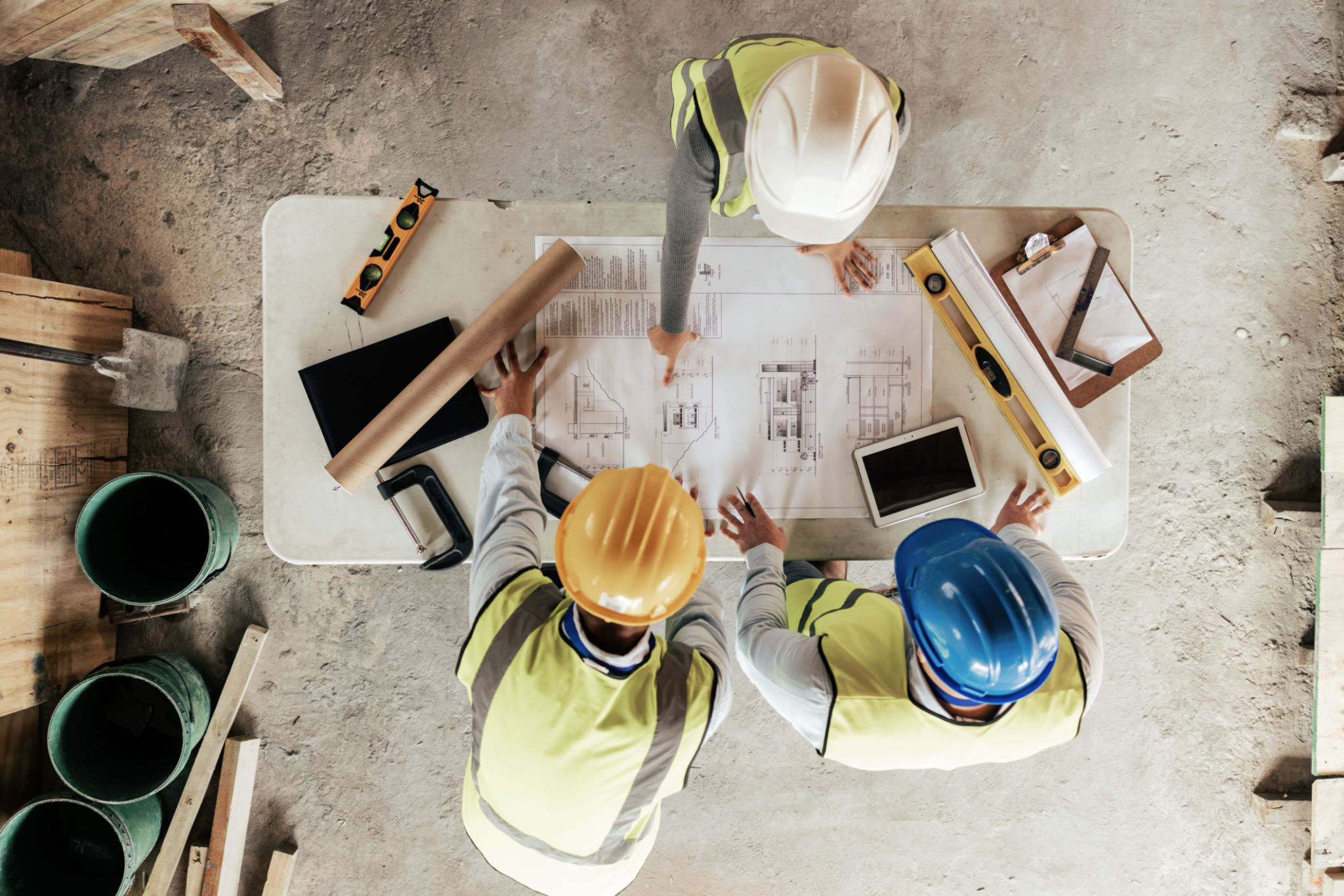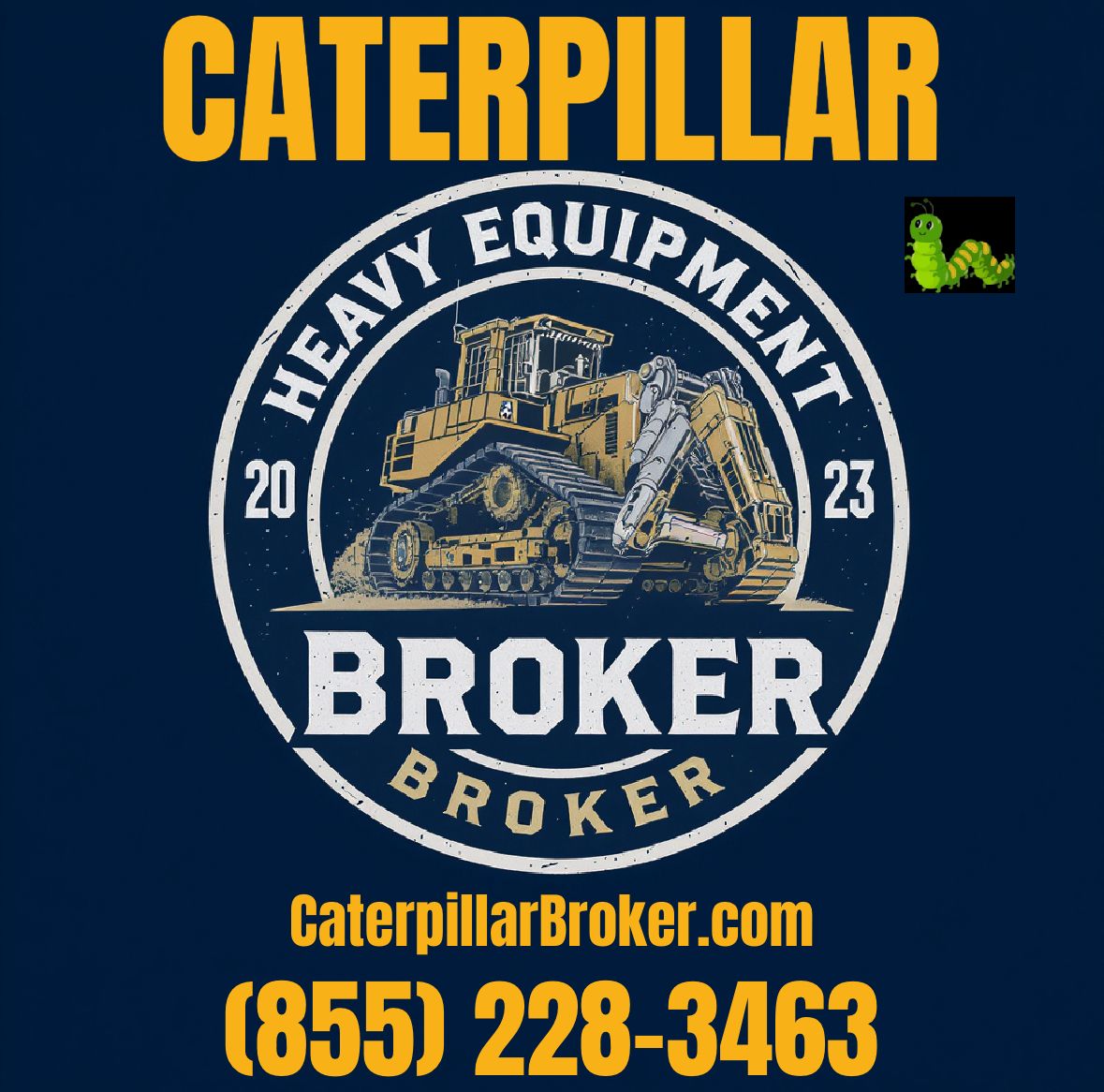Common Misconceptions About Renting vs. Buying Construction Equipment
Understanding the Cost Implications
One of the most common misconceptions about renting versus buying construction equipment is related to cost. Many assume that buying equipment is always the more economical choice in the long run. However, this is not always the case. Purchasing equipment involves not just the initial purchase price, but also ongoing costs such as maintenance, storage, and insurance. Conversely, renting offers a more predictable cost structure without the burden of long-term financial commitments.

Renting allows businesses to allocate funds towards other critical areas like skilled labor or technology upgrades. Moreover, it provides flexibility to scale up or down based on project needs, which can be particularly beneficial for businesses with fluctuating workloads or seasonal demands.
Access to the Latest Technology
Another misconception is that buying equipment gives you access to the latest technology. While owning means you have control over your assets, it also means you're responsible for keeping them up to date. With the rapid pace of technological advancements, this can be both costly and challenging.
Renting, on the other hand, often provides access to newer models with advanced features. Rental companies tend to update their fleet regularly, offering cutting-edge technology to their clients without the hefty price tag associated with purchasing.

Maintenance and Repairs
When it comes to maintenance and repairs, many believe owning equipment is more convenient. However, owning means you're responsible for all upkeep, which can be both time-consuming and expensive. Unexpected repairs can lead to downtime, affecting project timelines and profitability.
Renting alleviates these concerns. Most rental agreements include maintenance and repair services as part of the package, ensuring that equipment is always in optimal condition and minimizing potential downtime.
Flexibility and Project Requirements
A significant advantage of renting over buying is flexibility. Some believe that owning equipment provides more freedom, but in reality, rental options offer greater adaptability. For businesses working on diverse projects with varying requirements, renting allows for easy access to specific machinery without the need for long-term investment.

This flexibility also means companies can test different equipment types to determine what best suits their needs before making any purchase commitments. It’s an ideal approach for businesses entering new markets or expanding their service offerings.
Financial Considerations
Financially, buying construction equipment is often seen as an investment. However, this investment ties up capital that could be used elsewhere in the business. Renting preserves liquidity, enabling companies to respond quickly to new opportunities or market changes without being constrained by existing assets.
Additionally, rental expenses are typically tax-deductible as business expenses, whereas owned equipment depreciates over time and may have less favorable tax implications.
Environmental Impact
Lastly, there's a misconception regarding the environmental impact of renting versus buying. Owning equipment may seem like a more sustainable option because it reduces transportation emissions associated with rentals. However, rental companies often optimize their logistics and fleet management to minimize environmental impact.

Moreover, renting encourages the use of newer, more energy-efficient models that comply with the latest environmental standards, contributing to greener construction practices overall.
In conclusion, while both renting and buying construction equipment have their respective advantages and drawbacks, it's essential for businesses to evaluate their unique needs and circumstances to make informed decisions. Understanding these common misconceptions can help companies select the most beneficial approach for their operations.
